The work represents the first close-up image of another planet that was not an actual photograph but was hand-colored.
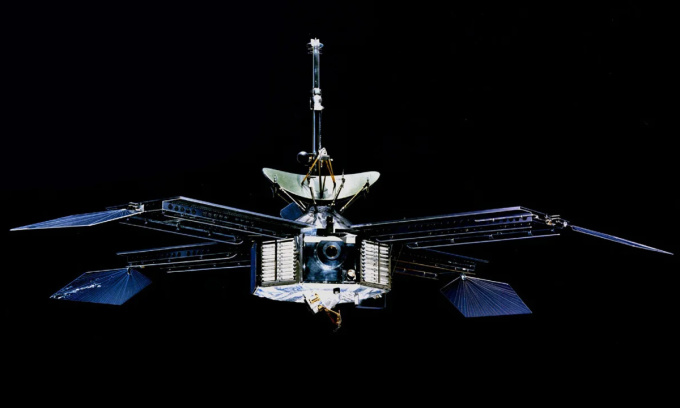
Mariner 4 was the first spacecraft to take close-up pictures of another planet. Photo: NASA
The first TV image of Mars, shown in 1965, is now part of a small exhibition at the Spacecraft Assembly Facility at NASA's Jet Propulsion Laboratory (JPL) in Pasadena, California, CNN reported on July 15. However, the work representing the first image of another planet in outer space is not an actual photograph.
In 1962, Mariner 2 became the first spacecraft to visit another planet when it flew past Venus. This milestone inspired NASA engineers to develop an even more ambitious project: to photograph planets from space.
On November 5, 1964, Mariner 3 launched into space. However, the spacecraft lost power after only eight hours when the instrument cover failed to deploy and the solar panels failed to open. With the cover quickly redesigned, Mariner 4 took off on November 28, beginning its 228-day journey to Mars. The spacecraft carried a television camera to take close-up pictures of the planet and six scientific instruments to study the Martian surface and atmosphere.
Mariner 4 flew 6,000 miles above the surface of Mars on the night of July 14, taking 22 pictures of the planet. The spacecraft carried the first digital imaging system used outside of Earth. The system converted the camera's analog signal into digital format and slowly transmitted the data back to Earth at a rate of about 8.33 bits per second. This meant it took 10 hours to send one image back to Earth. The transmission was extremely slow by today's standards, and the media gathered at JPL, eagerly awaiting the first photo to be released.
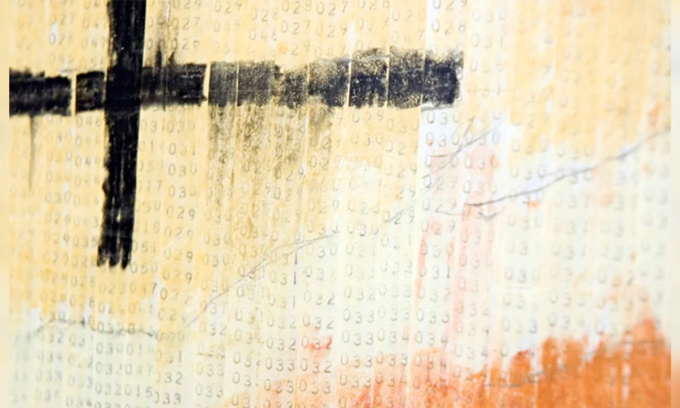
The numbers correspond to data points on the telegraph tape. Image: Dan Goods/NASA/JPL-Caltech
While they awaited the first images, some members of the Mariner 4 team decided to take matters into their own hands. Richard Grumm, who oversaw the operation of the data recorder on Mariner 4, and his team began converting the spacecraft’s digital data into numbers like ones and zeros on paper telegraph tape. The team pinned the 3-inch-wide strips to a movable wall and decided to color the numbers based on the brightness of each pixel. They saw this as a way to verify that the data recorder was working and capturing light reflected from the planet.
Grumm ran down to an art store to find chalk. He wanted to use different shades of gray, but the store only had one set of chalk. So he and his colleagues used brown, red, and yellow chalk. As the numbers were colored, the edges of the planet began to appear. Dark brown was used to represent the void of space. The brightest colors depicted Mars, and orange represented atmospheric clouds. Black markings from the camera lens also appeared.
This proves that the camera worked well, took good pictures and collected good data. "People were worried that the mission was not successful. The image we see here is the result of engineers trying to validate the hardware, making sure it worked properly," said David Delgado, a cultural strategist at JPL.
Despite the efforts of the JPL communications team, journalists saw the “color-by-numbers” image before the actual photograph was released, making it the first TV image of Mars. The tape-covered wall was later cut up, framed, and presented to JPL director William Pickering.
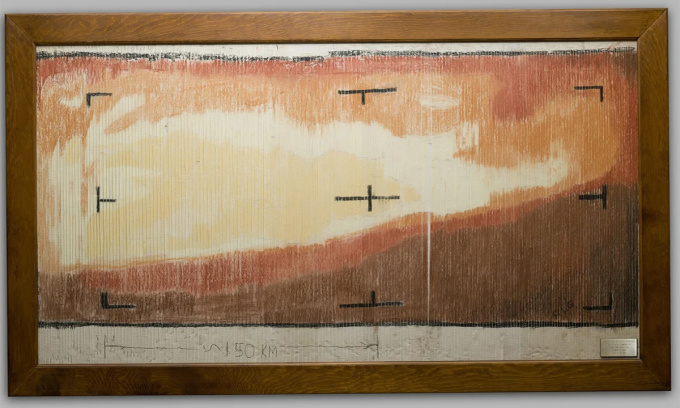
A hand-colored version of the image taken by Mariner 4 is on display at NASA's Jet Propulsion Laboratory (JPL) in Pasadena, California. Photo: Dan Goods/NASA/JPL-Caltech
Mariner 4 sent back a total of 22 images between July 15 and August 3, 1965. They showed craters on the surface and clouds hovering in the Martian atmosphere, both of which surprised scientists. Mariner 4 happened to fly over one of the oldest landforms on Mars, which looked more like the cratered surface of the Moon.
The spacecraft’s images show less than 1% of the Martian surface and lack the richness of features that later missions, such as Viking 1, would capture. But the first data Mariner 4 returned about Mars sparked a desire to better understand the planet, a desire that continues today as the Perseverance and Curiosity rovers, the Ingenuity helicopter, and numerous orbiters attempt to uncover more of Mars’s secrets.
Thu Thao (According to CNN )
Source link




![[Photo] Hanoi morning of October 1: Prolonged flooding, people wade to work](https://vphoto.vietnam.vn/thumb/1200x675/vietnam/resource/IMAGE/2025/10/1/189be28938e3493fa26b2938efa2059e)






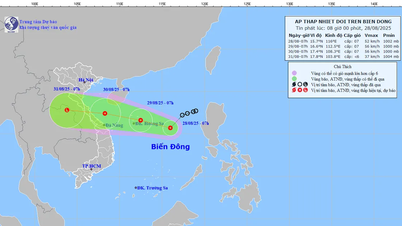

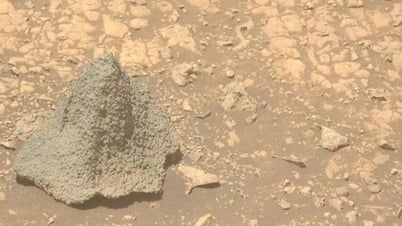

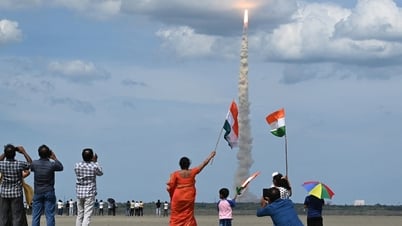
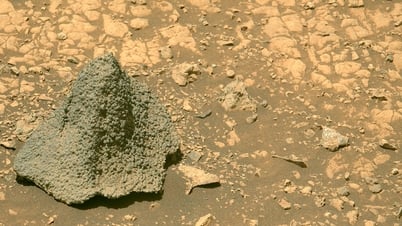





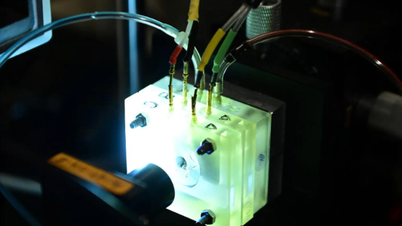












![[Photo] Panorama of the cable-stayed bridge, the final bottleneck of the Ben Luc-Long Thanh expressway](https://vphoto.vietnam.vn/thumb/1200x675/vietnam/resource/IMAGE/2025/9/30/391fdf21025541d6b2f092e49a17243f)
![[Photo] President Luong Cuong receives President of the Cuban National Assembly Esteban Lazo Hernandez](https://vphoto.vietnam.vn/thumb/1200x675/vietnam/resource/IMAGE/2025/9/30/4d38932911c24f6ea1936252bd5427fa)

























































Comment (0)